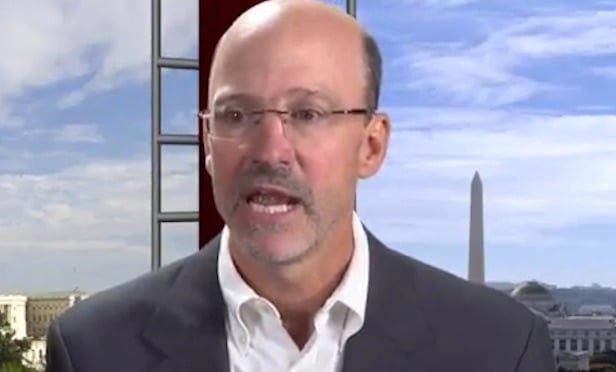WASHINGTON, DC—Anecdotally, the perception may be that lenders in the commercial mortgage arena are tightening the purse strings; however, the hard numbers suggest otherwise. Data issued last week by the Mortgage Bankers Association show that total commercial/multifamily debt outstanding rose to $3.01 trillion at the end of the first quarter, marking the first time it has broken the $3-trillion mark. Moreover, the level of outstanding commercial/multifamily mortgage debt rose by $37.6 billion during Q1, a 1.3% increase over Q4 2016.
How does this increase compare to what the industry has seen in the past couple of years? On both a percentage and dollar basis, Q1 2017 comes in behind Q1 2015, where the increase over the previous quarter was $40.4 billion, a gain of 1.5%. However, it outpaces the year-ago period, where the quarter-over-quarter increase was $35.3 billion above Q4 2015, a 1.2% increase.
“The amount of commercial and multifamily mortgage debt outstanding continued to grow during the first quarter,” says Jamie Woodwell, MBA's VP of commercial real estate research. “Almost two-thirds of the growth came from increases in multifamily mortgage debt outstanding, and 80% of that growth came from portfolios and MBS held or guaranteed by federal government agencies and the GSEs.” Specifically, MBA data show that multifamily mortgage debt outstanding rose to $1.17 trillion, an increase of $23.4 billion, or 2.9%, from Q4 '16.
However, Woodwell says, “Recent releases from the Federal Reserve show that during the second quarter of 2017, bank multifamily portfolios stopped growing and remain relatively flat, while their holdings of other commercial property loans have continued to grow.” Even so, the dollar volume of banks' originations across the property-type spectrum in Q1—the quarter saw these lenders increase their outstanding commercial/multifamily debt by $24.6 billion, compared to $18.9 billion in the same quarter two years ago and $26.4 billion a year ago—demonstrates that they're keeping pace.
Aside from banks, the second largest lending class by dollar volume was agency and GSE portfolios and MBS, which increased their holdings by $18.9 billion, or 3.6%. Life insurance companies increased their holdings by $10.3 billion, or 2.4%. CMBS, CDO and other ABS issues saw the largest decrease by dollar volume at $21.3 billion, down 4.6%.
In percentage terms, REITs saw the largest increase in their holdings of commercial/multifamily mortgages, an increase of 8.5%, according to MBA. Insurers other than life companies saw their holdings decrease 4.8%.
“While life insurance companies have become more cautious with concerns regarding retail and urban multifamily, commercial real estate debt is still seen as good relative value,” Greg Michaud, managing director, Voya Investment Management, observed at the CRE Finance Council's Annual Conference earlier this month. “I anticipate that life company allocations will stay intact for the remainder of 2017 and should remain the same into 2018. You will see them get a bit more picky on asset allocations in 2018.”
Michaud's prediction that life companies will stay the course is borne out by the latest LifeComps Commercial Mortgage Index, issued last week. The index shows that returns for life company commercial mortgage loans bounced back from Q4's loss of 2.72% for a total return of 1.60% percent in Q1.
“By many measures, commercial real estate finance markets are healthy and strong,” Lisa Pendergast, CREFC's executive director, said at the council's recent conference. “Mortgage financing, refinancing and bridge/mezzanine financing and investment are generally available to the extent necessary to support the market. Portfolio lenders and conduits have credit and capital available. It's a good time to be a borrower.”
That being said, “there is new evidence that secondary market liquidity has significantly contracted in the past five years, which could portend serious consequences in a future economic downtown or financial crisis,” Pendergast added. “And continued pressures on regulated institutions have seriously affected construction lending.”
Want to continue reading?
Become a Free ALM Digital Reader.
Once you are an ALM Digital Member, you’ll receive:
- Breaking commercial real estate news and analysis, on-site and via our newsletters and custom alerts
- Educational webcasts, white papers, and ebooks from industry thought leaders
- Critical coverage of the property casualty insurance and financial advisory markets on our other ALM sites, PropertyCasualty360 and ThinkAdvisor
Already have an account? Sign In Now
*May exclude premium content© 2024 ALM Global, LLC, All Rights Reserved. Request academic re-use from www.copyright.com. All other uses, submit a request to [email protected]. For more information visit Asset & Logo Licensing.









